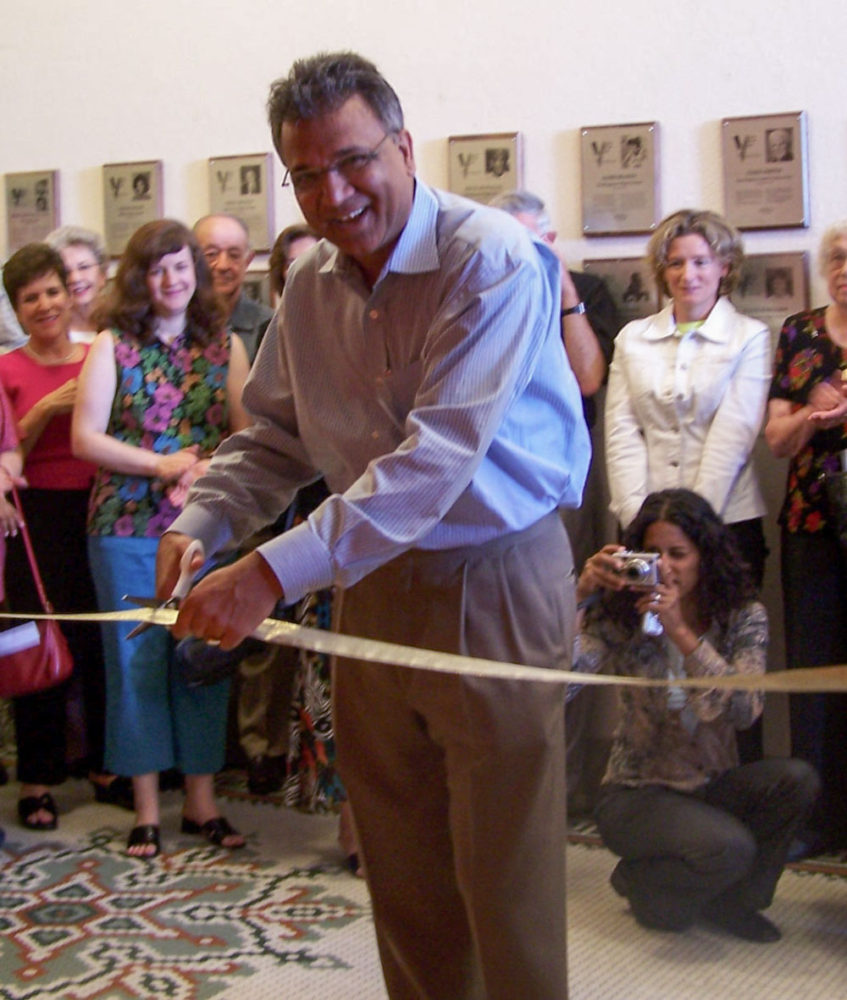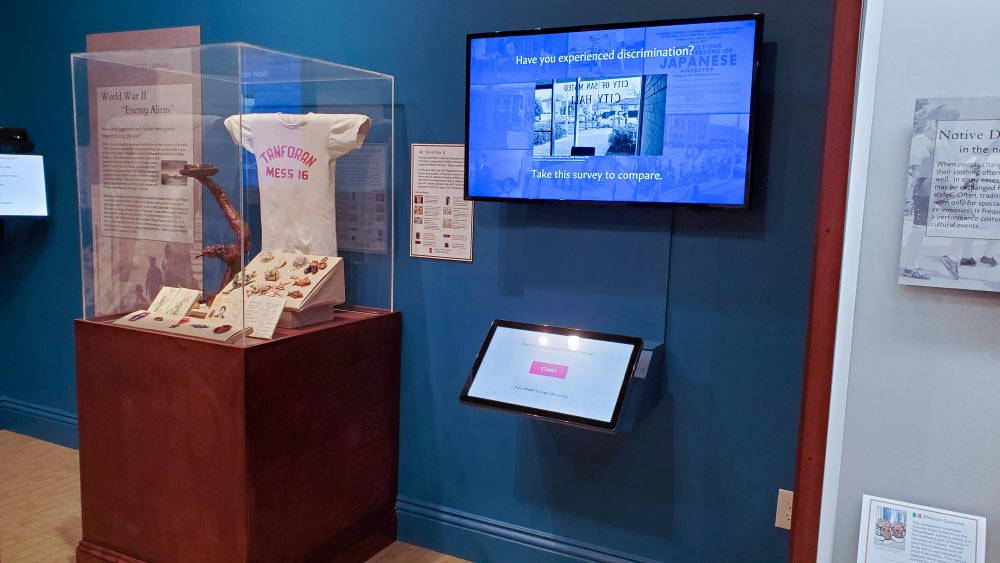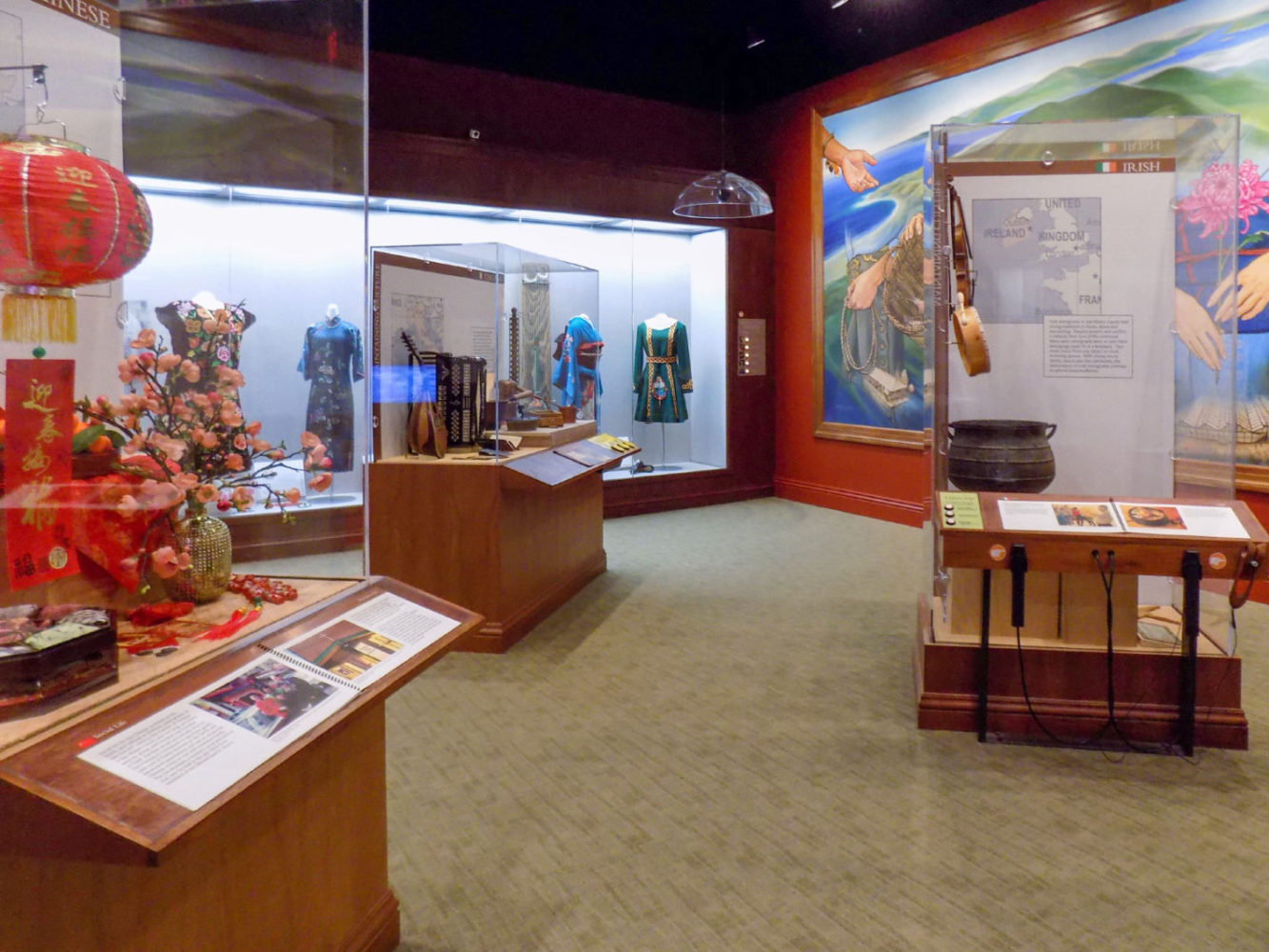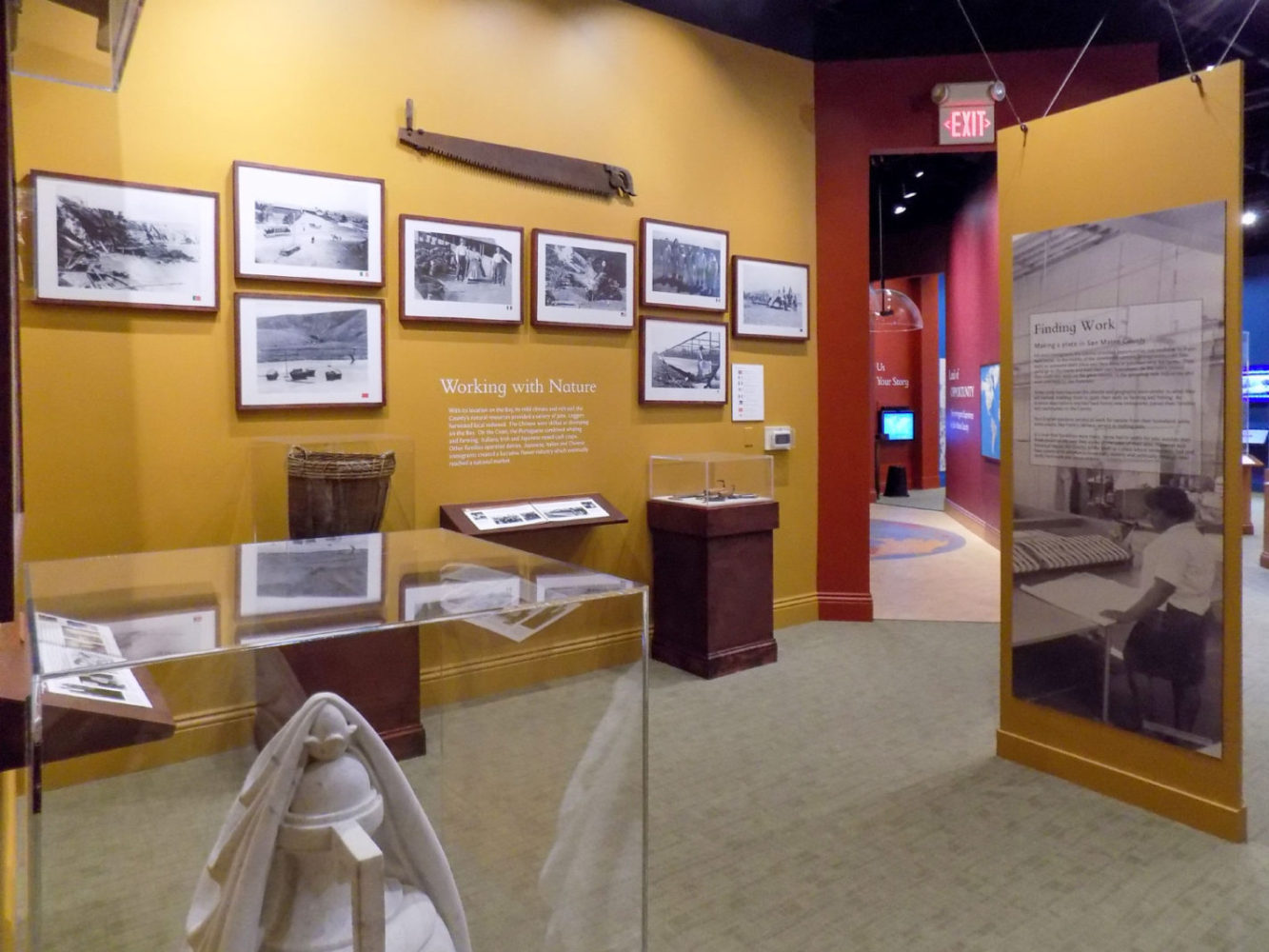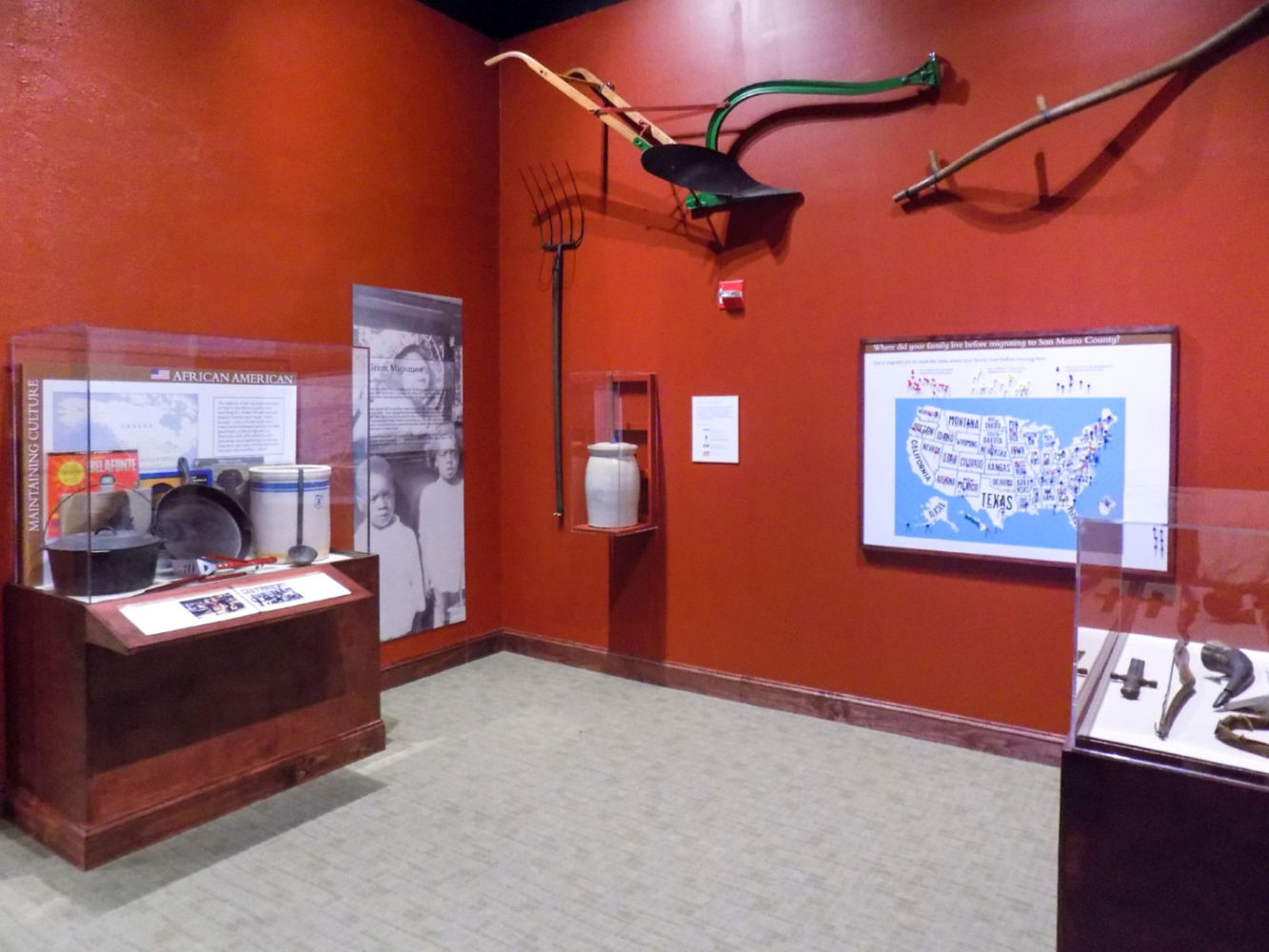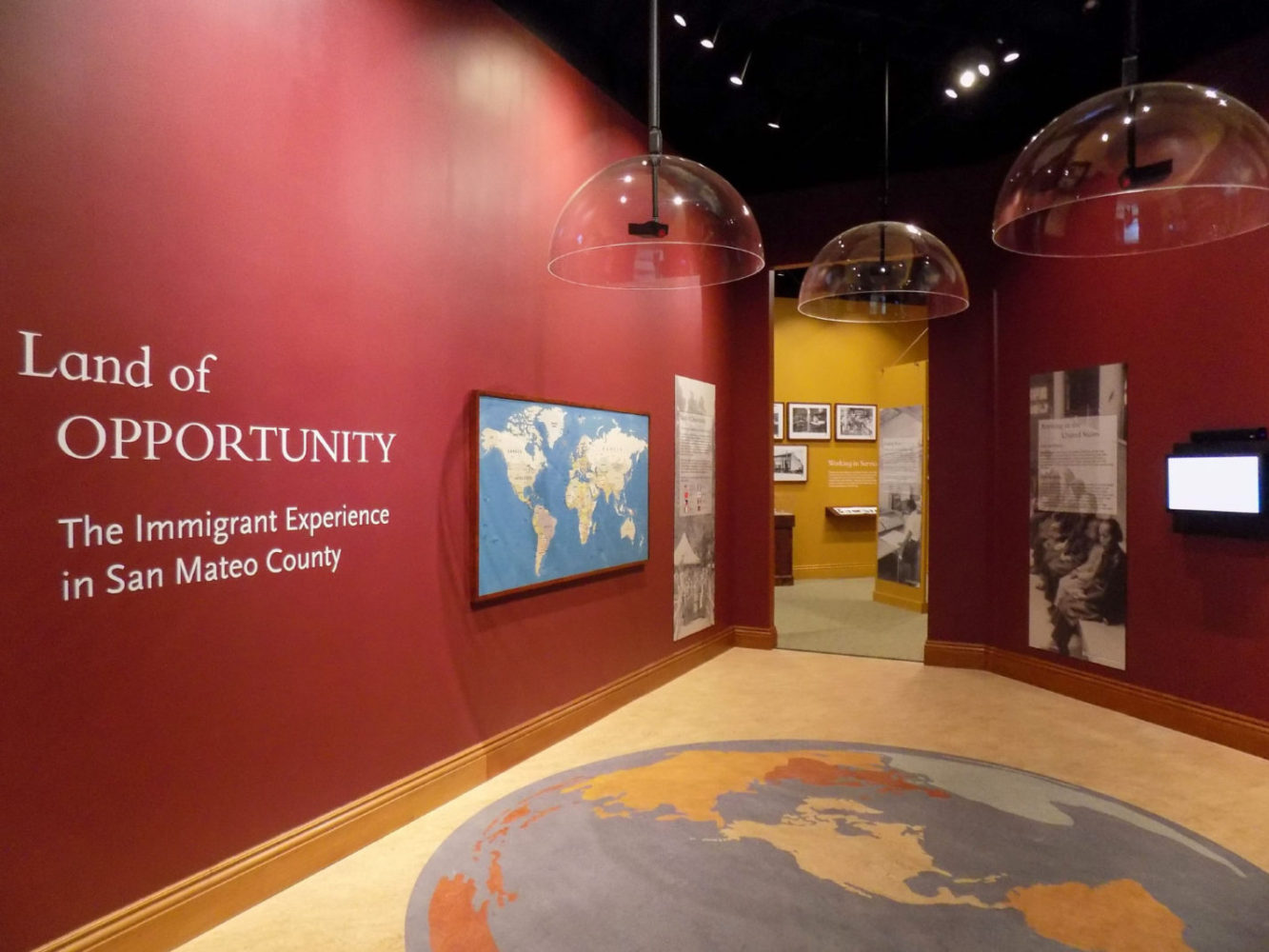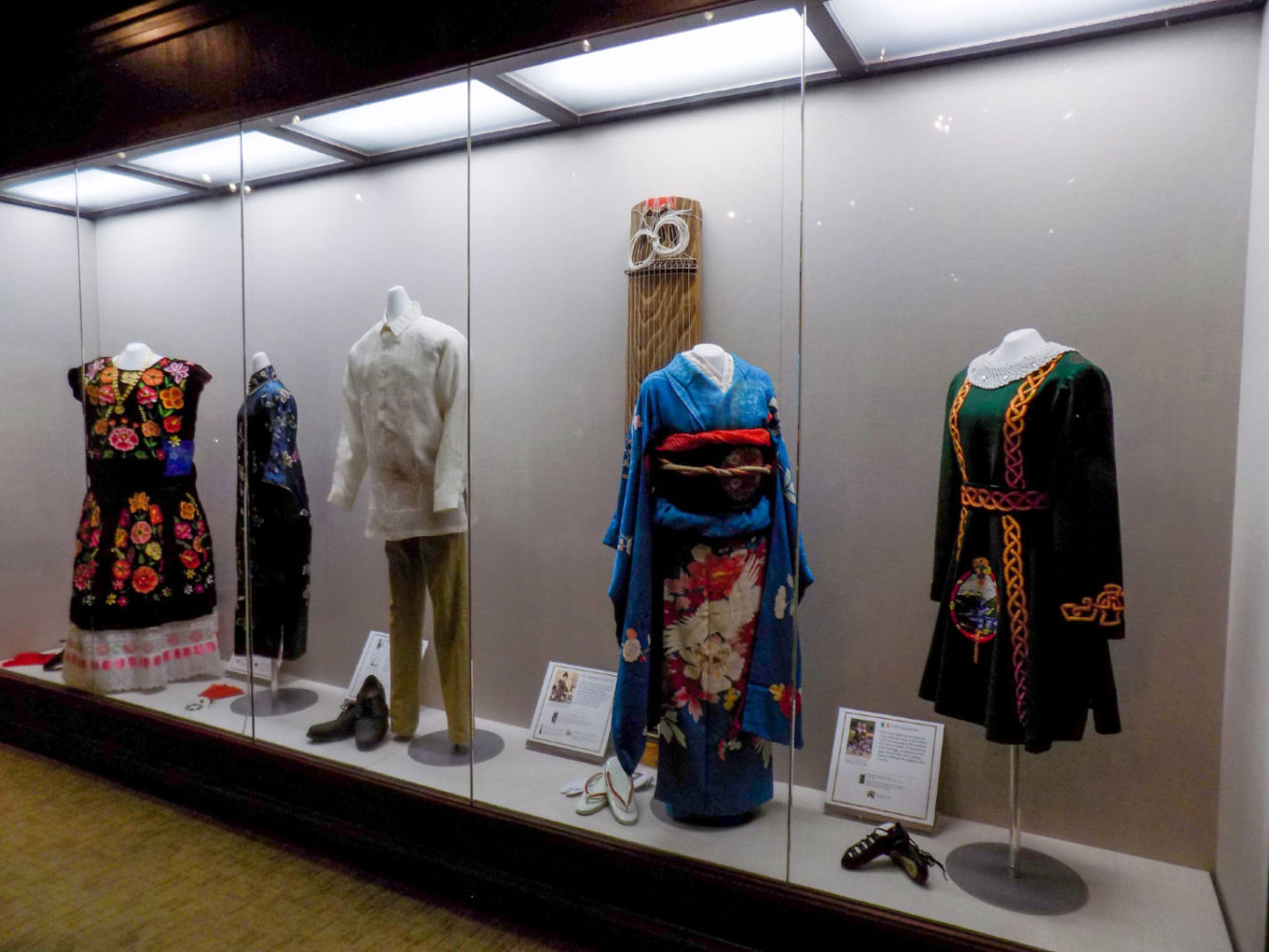The Immigrant Experience in San Mateo County
Exhibits
Land of Opportunity
Land of Opportunity tells the stories of the diverse people who came to this area.
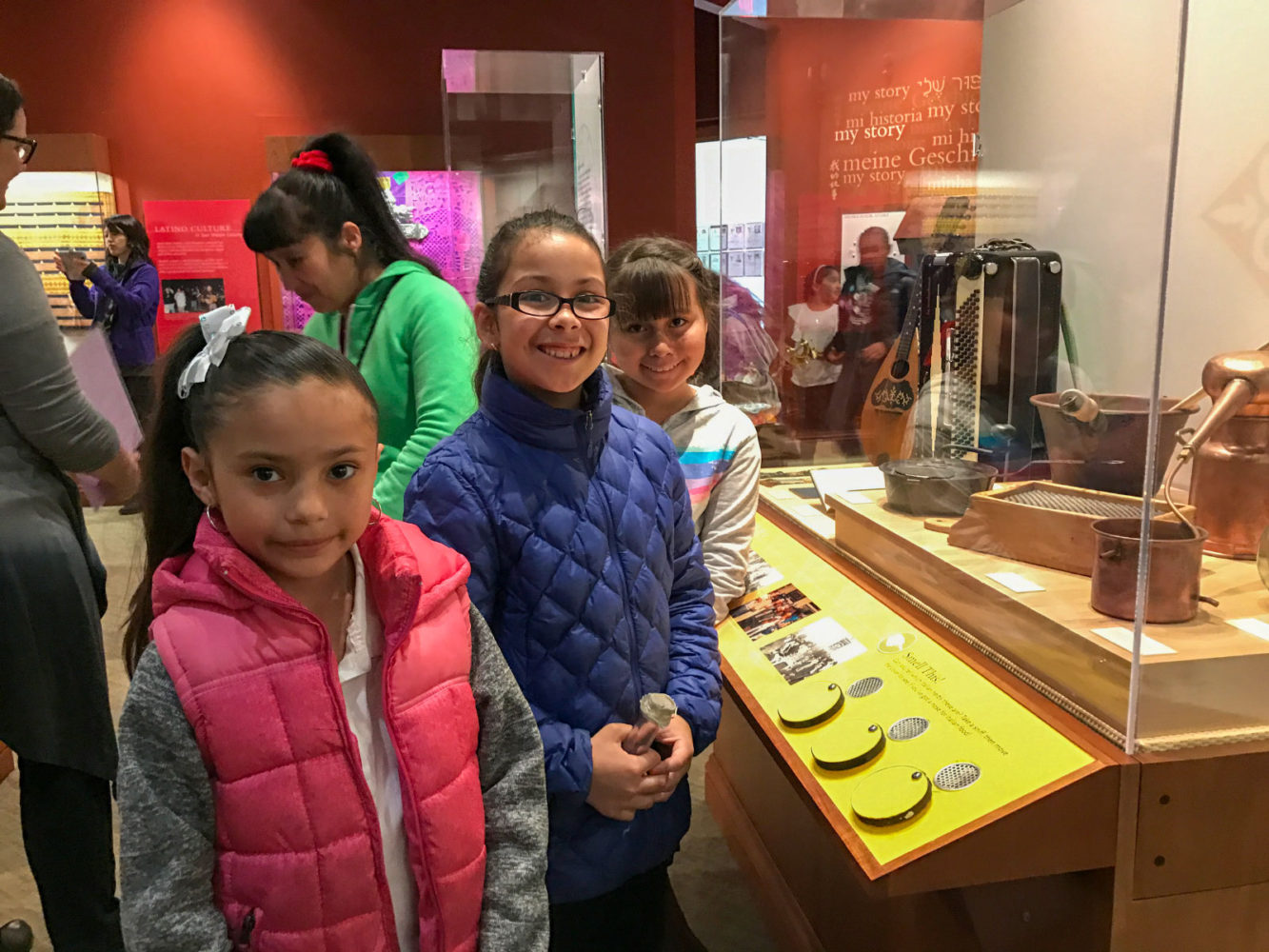
Students explore the spices and cooking equipment Italian immigrants brought with them.
I t is no surprise to today’s residents of San Mateo County that in the 2010 census, one-third of the people here were born in another country. However, many might be surprised that in the 1880s one-third of our population was born in another country. Find out why people left their home countries and how they faced hardship and discrimination. Discover how groups of people made a place for themselves working in different industries. Experience how immigrants used music, food, and celebrations to remember their home countries. Explore how they had to deal with discrimination in this new place. Together, the diverse people who have come to this area have made it one of the most culturally rich areas of the country.
The exhibit highlights the largest groups of immigrants and migrants who came to this area after the Gold Rush.
- Irish
- Chinese
- Portuguese
- Italians
- Japanese
- Filipinos
- Mexicans
- African Americans
Explore the Exhibit
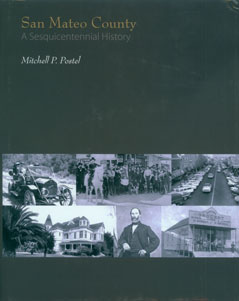
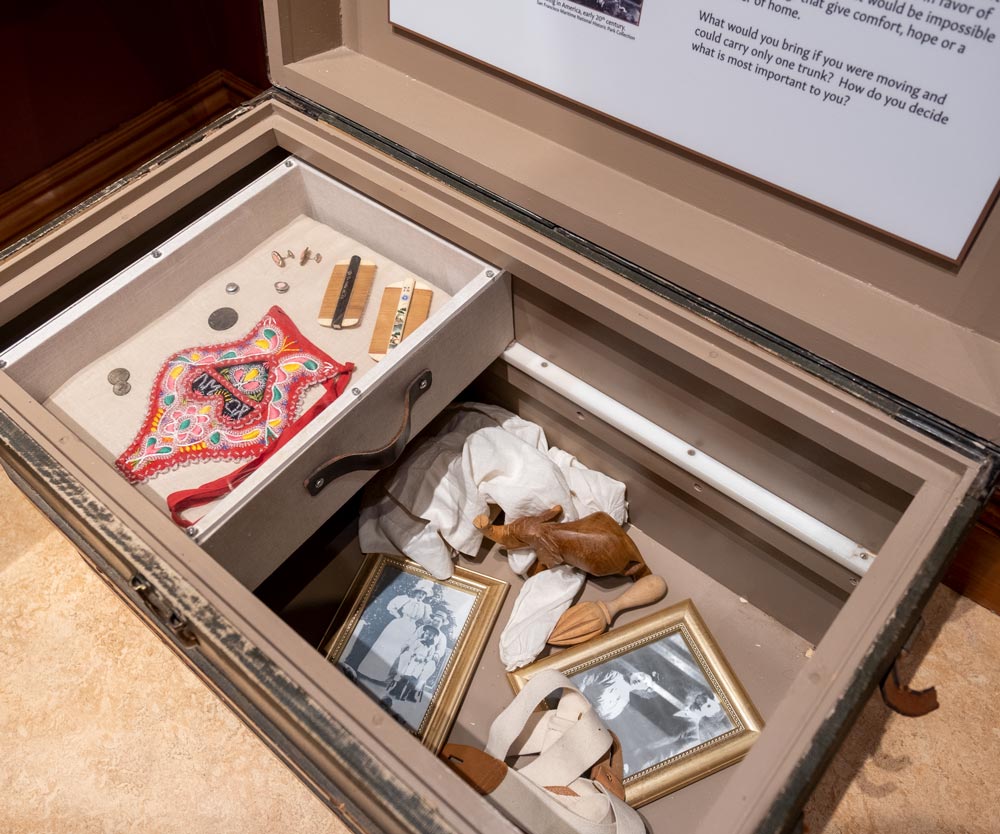
Leaving Home

Japanese “picture brides” arrive at Angel Island, c. 1920. Courtesy National Records and Archives Administration.
Historians speak about two factors that compel people to make the decision to leave their homeland for a new place. They are “pushed” to do so because of hardships in the old country and “pulled” to the new land because of opportunities to overcome their previous circumstances.
Those coming to America from Europe may have been processed through the immigration inspection station at Ellis Island. Many immigrants wanting to enter the United States from the Pacific experienced the Angel Island Immigration Station in San Francisco Bay. While immigrants arriving at Ellis Island were examined rapidly, those arriving at Angel Island might undergo interrogation and detainments that lasted for months or even years.
- Summer 2008: Filipino Americans in San Mateo County
- Spring 2009: Portuguese Americans in San Mateo County
- Summer 2011: Mexican Americans in San Mateo County
- Summer 2015: Chinese Americans in San Mateo County
- Spring 2016: African American Great Migration
- Spring 2017: Article on Japanese Americans during World War II
Finding Work
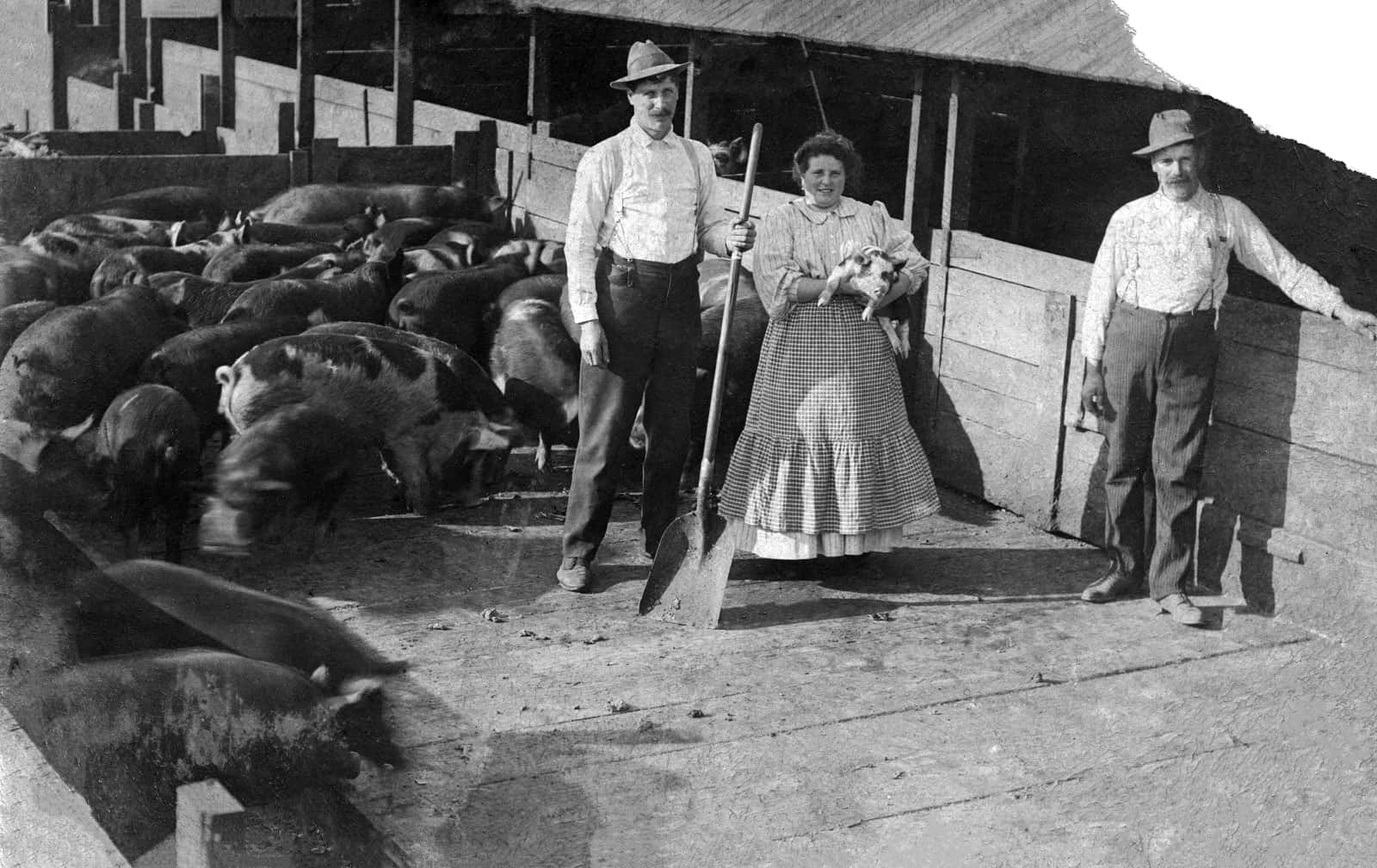
Italian M. Guido Cassenti hog farm in Daly City, c. 1890s.
For most immigrants, the County provided opportunities not available to them back home. In the middle of the nineteenth century, immigrants could first work on someone else’s place and then lease or purchase land for farms. They could go to the towns and start their own businesses. As the years passed they could also work on the great estates, in the sprouting new industries and even commute to San Francisco.
Some came here because the climate and geography were similar to what they
left behind, enabling them to apply their skills to farming and fishing. As
positive descriptions reached back home, new immigrants joined their families
and countrymen in the County.
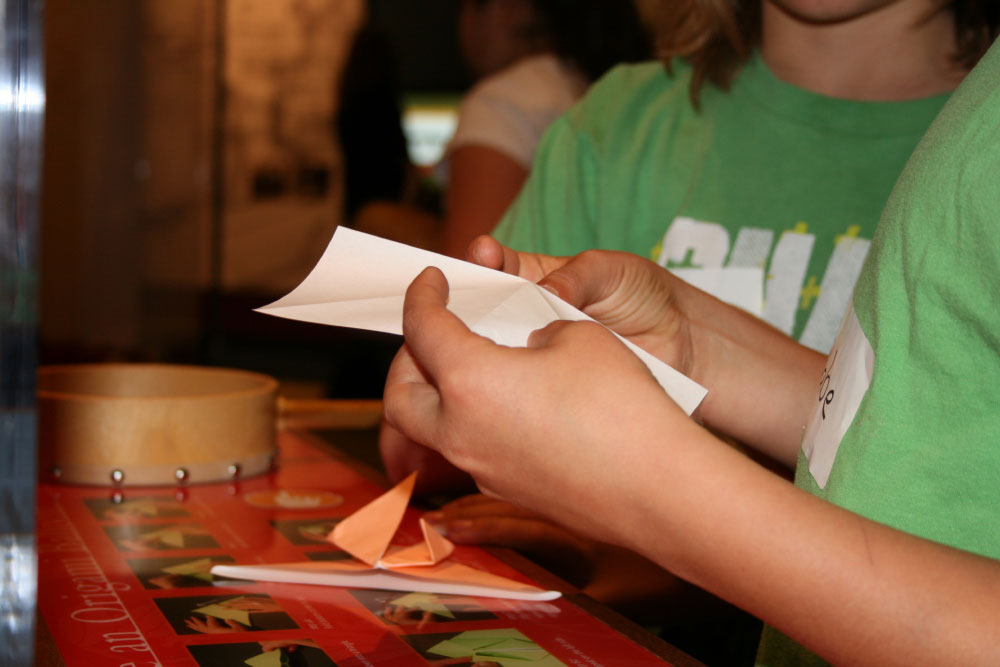
Maintaining Culture

Preparing for Redwood City’s Día de los Muertos celebration, 2017. Photo by and courtesy Jerry Pierce.
Maintaining traditions from the old country has been important for immigrants. With strong family, religious and communal ties with kinsmen, they established organizations, churches, community centers and newspapers. They brought their celebrations, daily customs, food, music and dance with them, handing them down to their children and the wider community. Many of these traditions and practices have evolved over time as they merged with American customs.
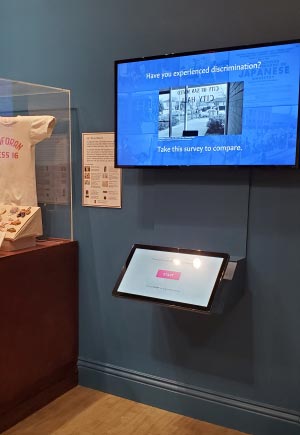
Strangers in a Strange Land
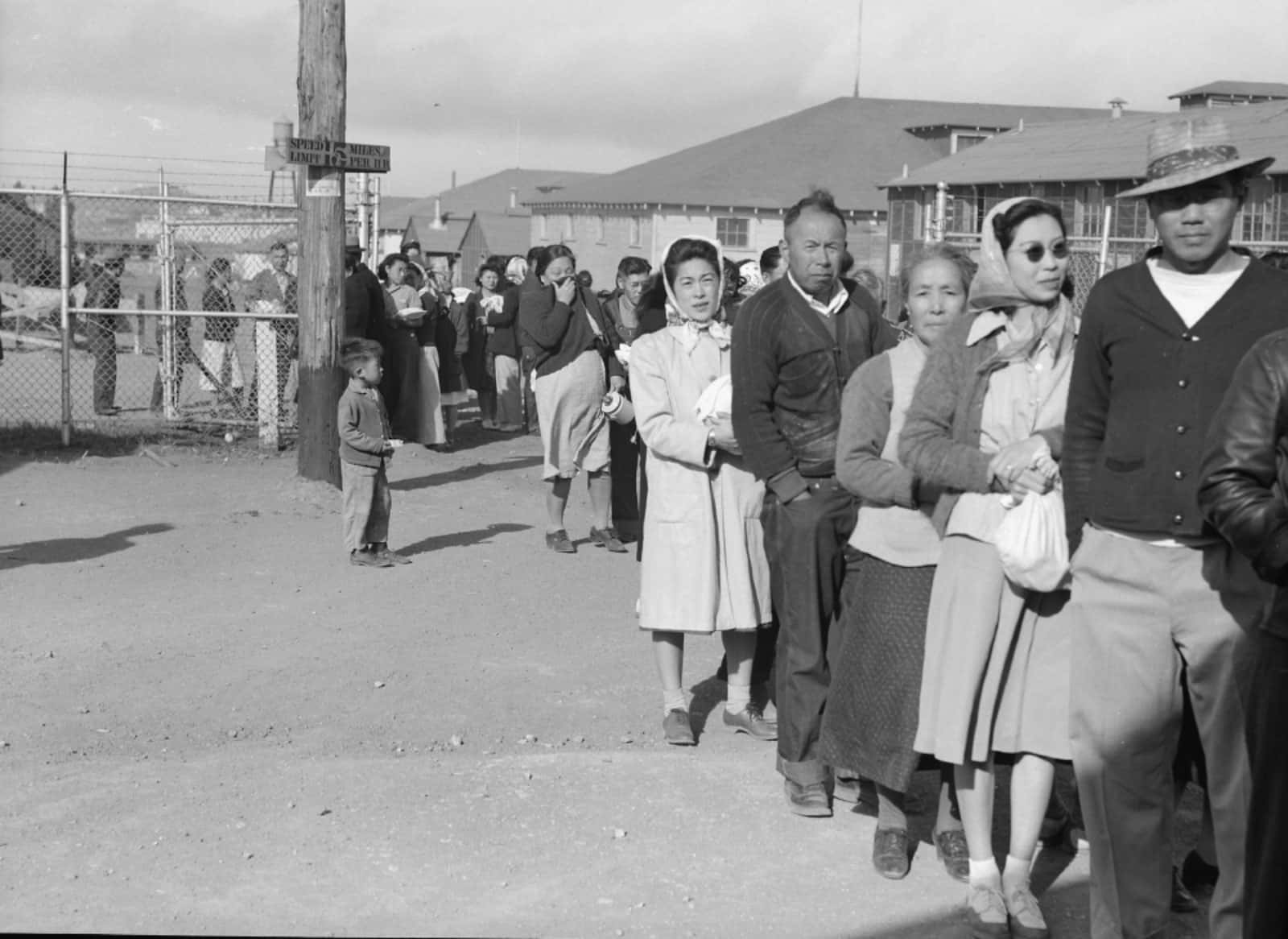
Japanese Americans interned at Tanforan Assembly Center wait in the dinner line, 1942. Photo by Dorthea Lange, Courtesy National Archives and Records Administration.
Immigrants to the United States, as well as migrants, have historically experienced alienation and discrimination. They have struggled with new customs, culture, values and language. They have often felt removed from society at large, politically helpless and rejected.
People already living in our country sometimes discriminate against those they perceive as “different,” especially during times of economic hardship, political turmoil and war. Laws and government policies, encouraged by the populace, often limit or prevent immigration from certain countries and bar immigrants from educational opportunities, economic advancement and land ownership.
History Museum Quiz
Take our quiz and test your knowledge on Land of Opportunity.


